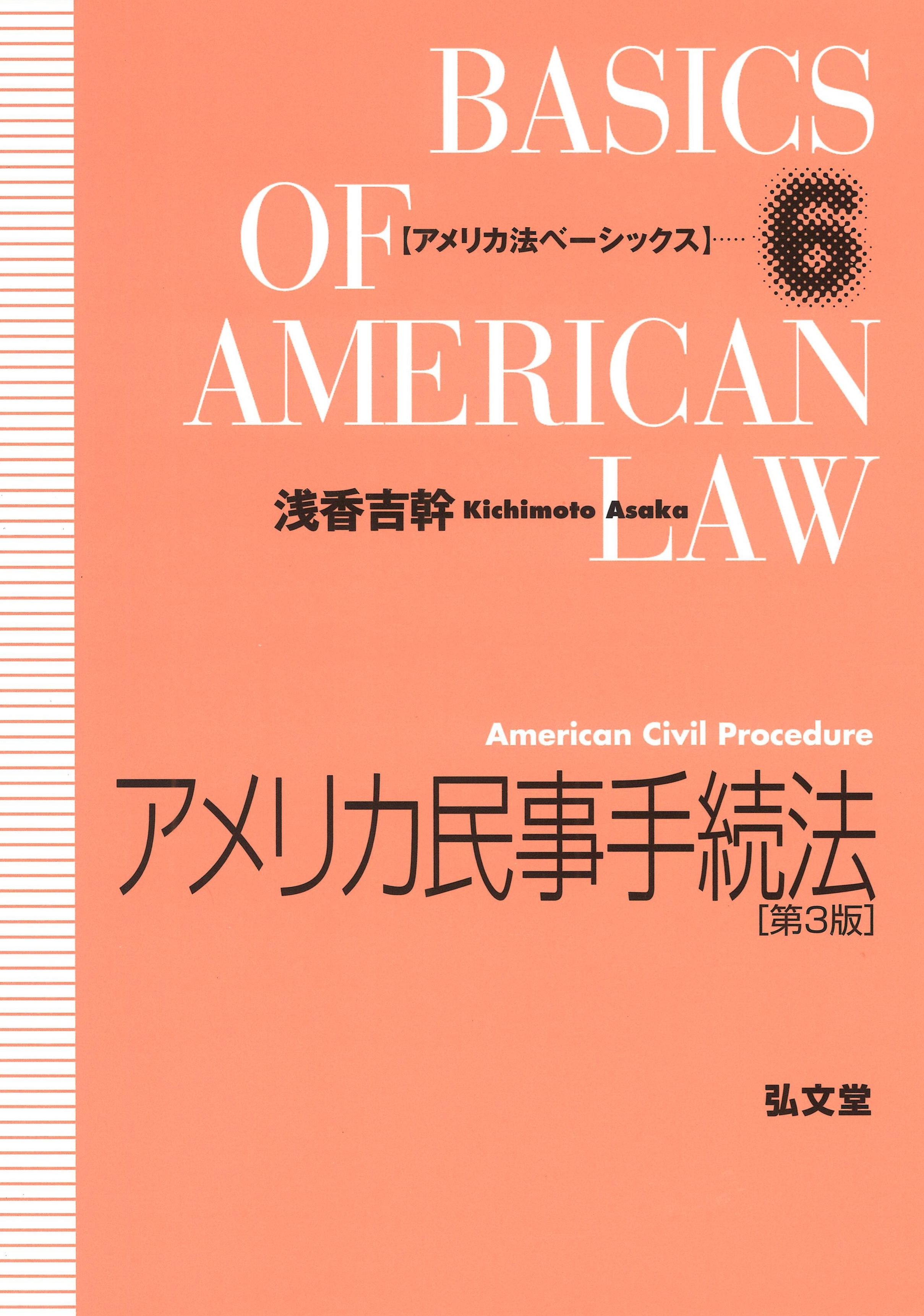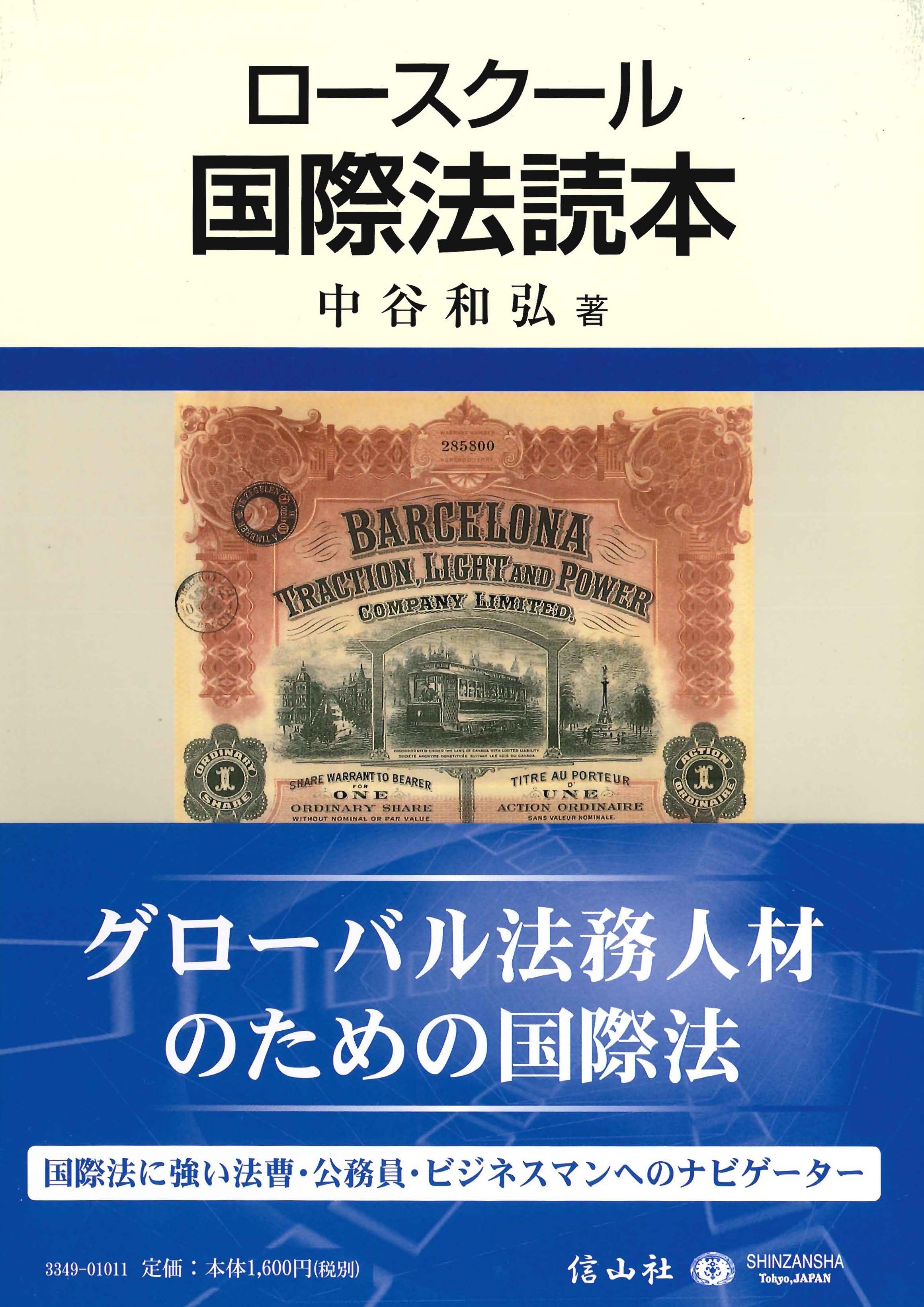
Title
America Minji Tetsuzukiho (American Civil Procedure – Third Edition)
Size
226 pages, A5 format, hardcover
Language
Japanese
Released
August, 2016
ISBN
978-4-335-30380-7
Published by
Koubundou Publishers Inc.
Book Info
See Book Availability at Library
Japanese Page
When Japanese law students, who have learned something about Japanese law, begin studies on American law, they tend to be perplexed with the difference of approach to law and legal concepts between American law and Japanese law, because they have assumed that the Japanese law follows a global standard. A civil procedure course in American law schools is one of the first-year mandatory courses as showing basic structures of American law.
First, the United States is a federal nation. There are federal courts and state courts of each state. Jurisdiction defines courts where a lawsuit can be instituted. Applicable laws differ according to courts. Therefore, plaintiff lawyers have to be mindful of the expected substantive result of the case at hand in each court. Civil procedure has more or less differences among federal and state courts.
Second, a jury trial is used in civil procedure, as well as in criminal procedure, in the United States. That is, a panel of lay jurors delivers a verdict after deliberation. However, the jury is a common law institution and so it is not used in equity cases. The common law and equity are historically developed distinct laws of English origin and originally two laws were developed in two distinct court systems. Although the common law and equity are applied in a single court both in England and in the United States now, it is difficult, if not meaningless, to explain the difference of two logically from a modern viewpoint. Still, whether a trial is held with or without jury depends on this division.
Third, a verdict is delivered by jury or bench trial, but a pretrial procedure is developed for trial preparation. A pretrial procedure and a trial are clearly separated, and after a long pretrial procedure, a trial is held continuously without interval (ordinarily within a week) until reaching a verdict. Especially, discovery is a process for plaintiffs and defendants to produce evidence and information at the pretrial stage, to share those materials each other, and prepare for the trial not to have an interruption with surprise. In addition, a discovery process facilitates settlement, because it allows both sides to evaluate the merits of their own claim or defense reasonably. The United States is supposed to be a litigious society and in fact a lot of civil lawsuits are instituted every year, but most of them are disposed at pretrial stage, and less than five percent of them will reach a trial and a verdict.
This book describes American civil procedure, and helps Japanese law students and practitioners to understand the fundamental American legal concepts in the context of legal texts, case laws, and legal practice in the United States.
(Written by Kichimoto Asaka, Professor, Graduate Schools for Law and Politics / 2017)



 Find a book
Find a book


